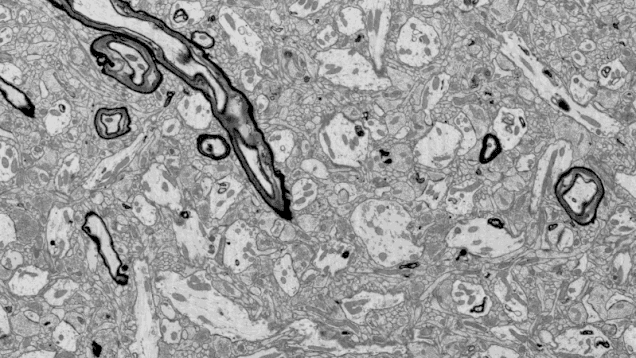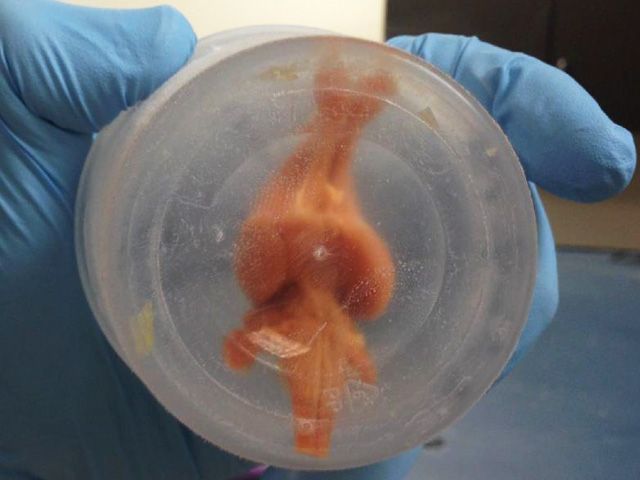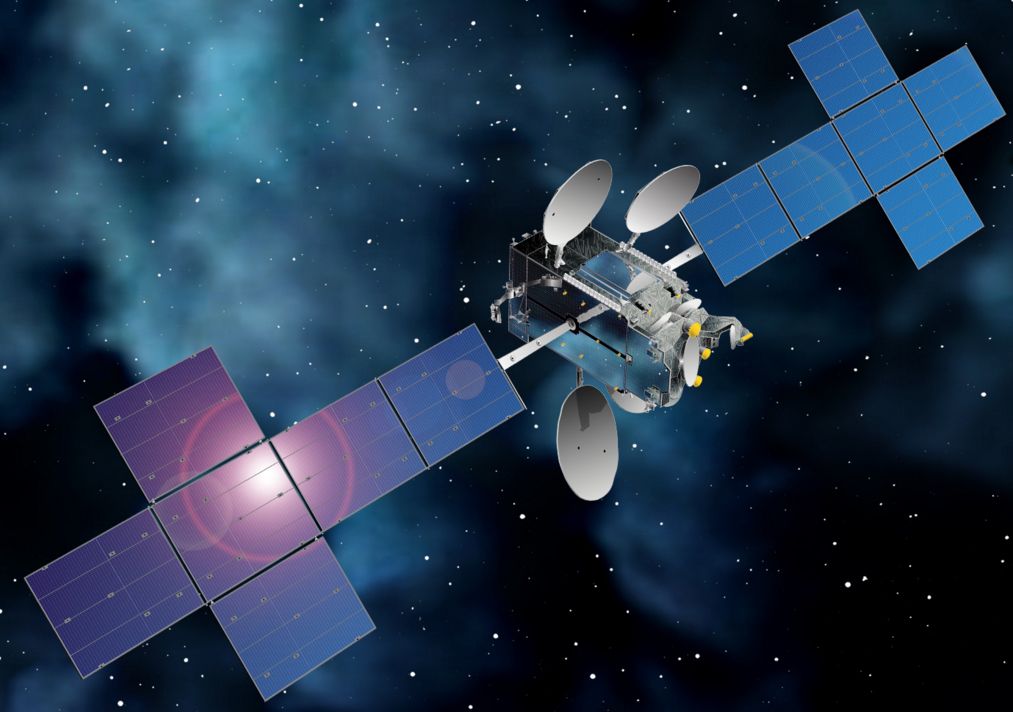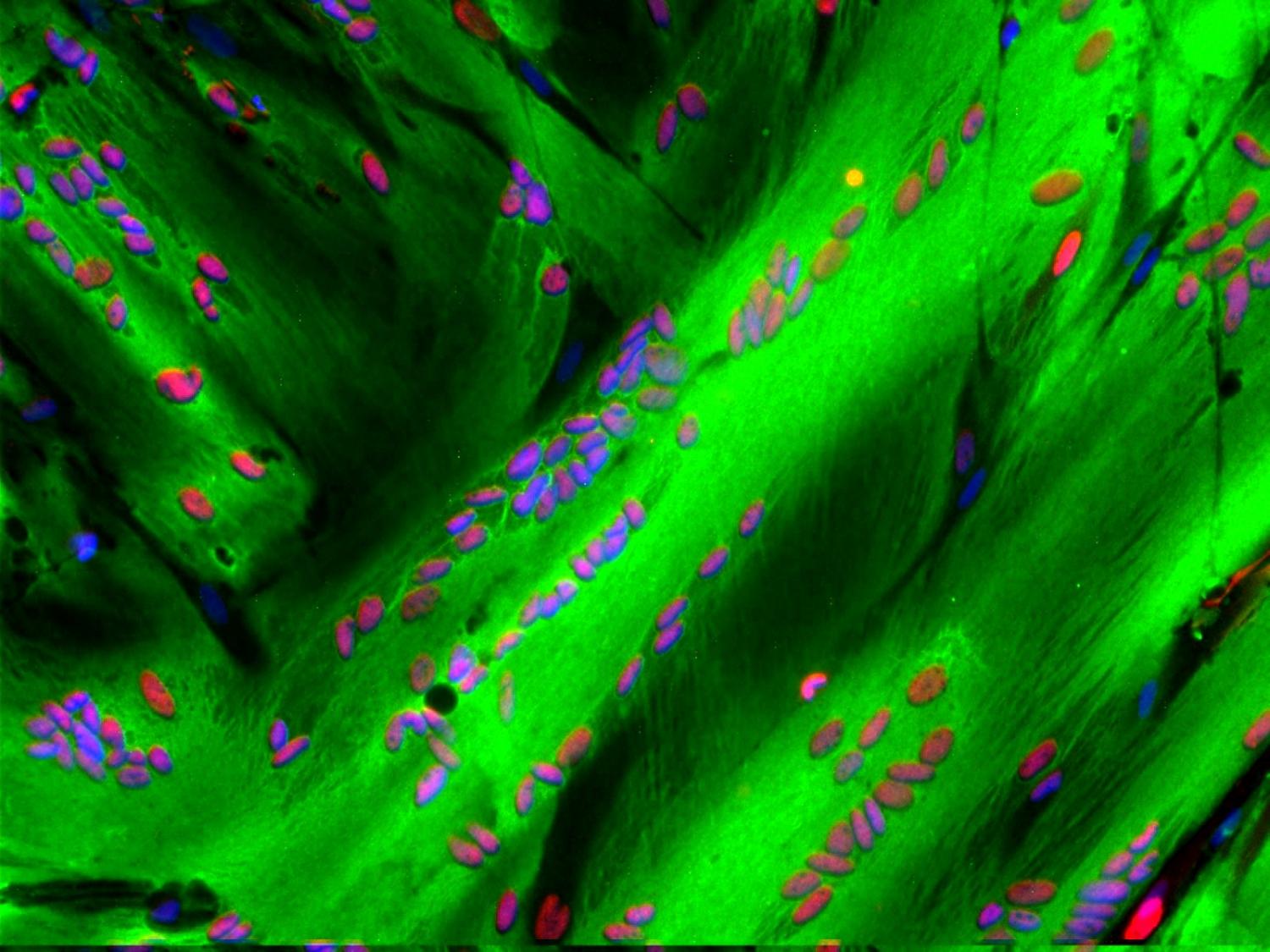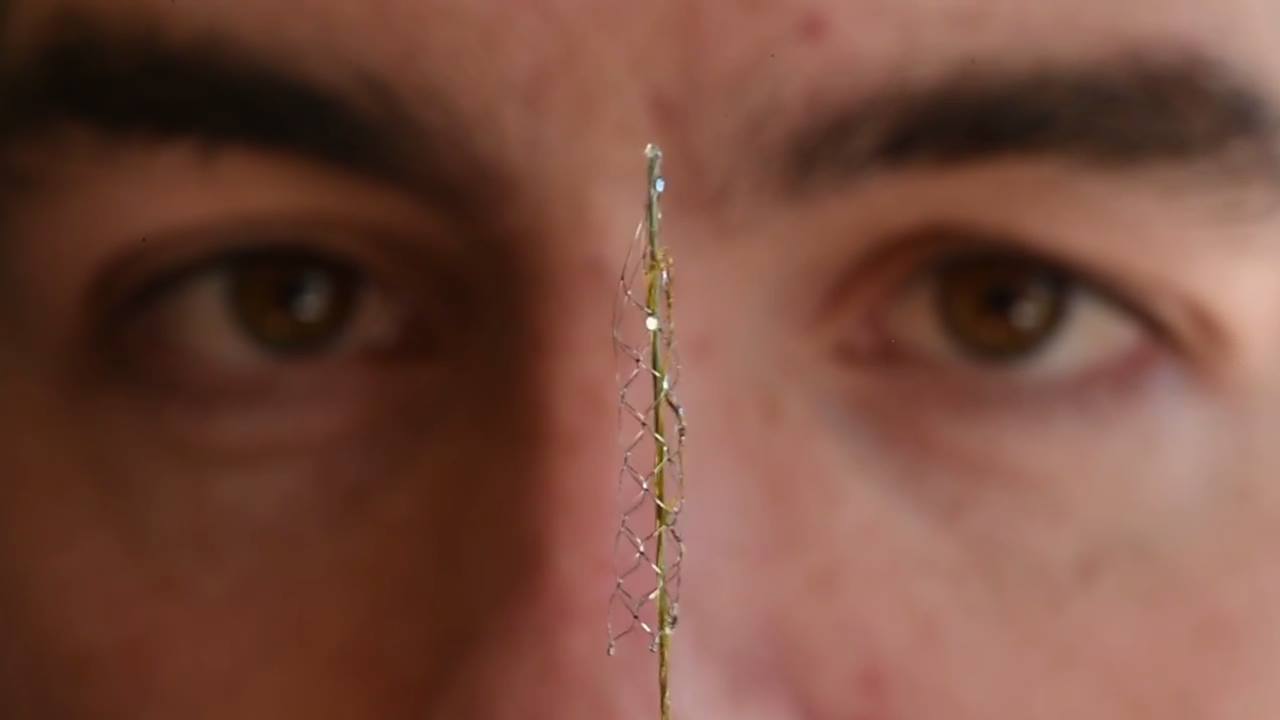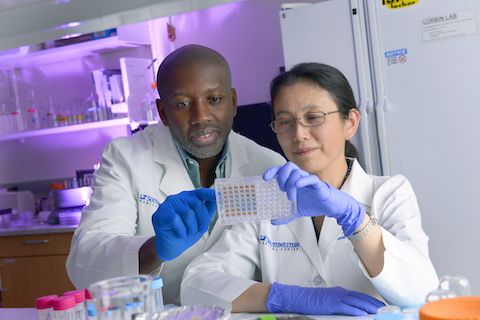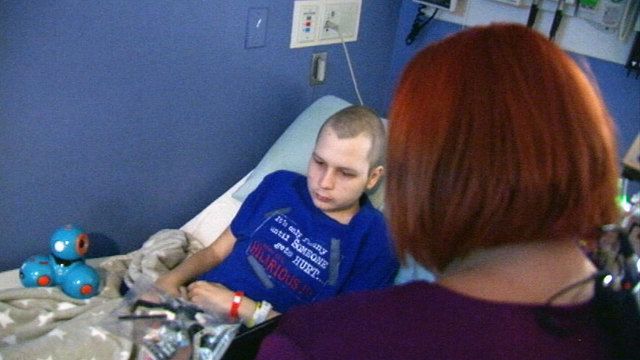Researchers from 21st Century Medicine have developed a new technique to allow long term storage of a near-perfect mammalian brain. It’s a breakthrough that could have serious implications for cryonics, and the futuristic prospect of bringing the frozen dead back to life.
By using a chemical compound to turn a rabbit’s brain into a near glass-like state, and then cooling it to −211 degrees Fahrenheit (−135 degrees Celsius), a research team from California-based 21st Century Medicine (21CM) showed that it’s possible to enable near-perfect, long-term structural preservation of an intact mammalian brain. The achievement has earned not just accolades from the scientific community, but a prestigious award as well; the 21CM researchers are today being awarded the $26,735 Small Mammal Brain Preservation Prize, which is run by the Brain Preservation Foundation (BPF).
